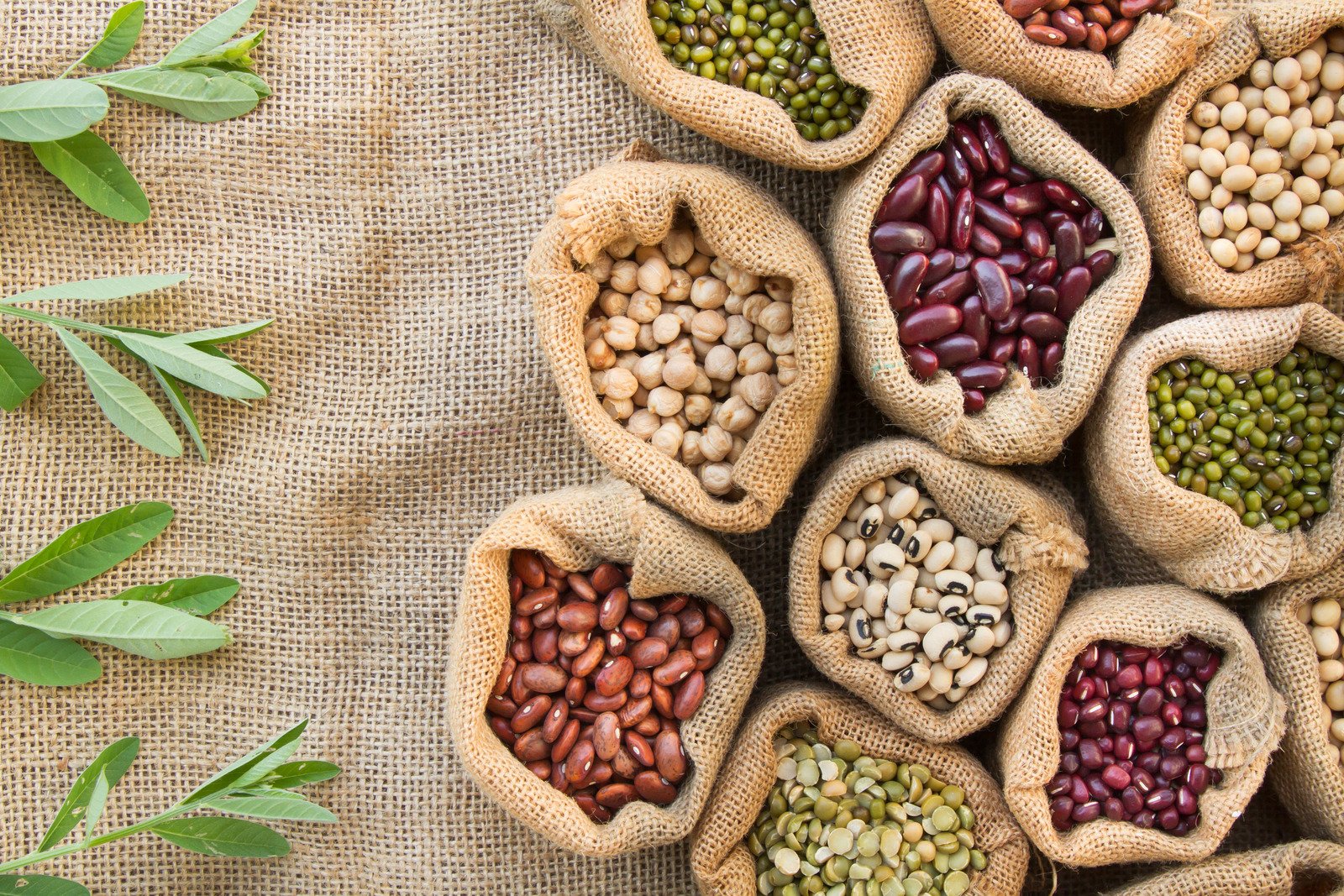In the world of survival gardening, having the knowledge and skills to save and propagate seeds is essential. Seed saving allows you to preserve heirloom varieties, maintain genetic diversity, and ensure a sustainable supply of seeds for future harvests.
Here, we will explore the basics of seed saving for survival gardeners. We will cover important aspects such as selecting the right plants for seed saving, proper seed storage techniques, and methods for propagating plants from saved seeds. By mastering these seed saving techniques, you can become self-reliant in producing your own seeds and cultivate a resilient survival garden.
Choosing Plants for Seed Saving
When selecting plants for seed saving, it's important to choose open-pollinated or heirloom seed varieties. These plants will produce seeds that grow true to the parent plant, ensuring the preservation of desired traits. Hybrid plants, on the other hand, do not reliably produce offspring with the same characteristics. Consider factors such as adaptability to your climate, disease resistance, and productivity when choosing plants for seed saving. Additionally, ensure that you have sufficient space and isolation techniques to prevent cross-pollination between different plant varieties. Check the Zone Specific Seeds chart to see plant hardiness zones for your survival garden.

Harvesting and Processing Seeds
Harvesting seeds at the right time is crucial for successful seed saving. Allow the plant to reach full maturity before collecting seeds. For vegetables, this is usually when the fruit is fully ripe, while for flowers, it's when the seed heads turn brown and dry. Once harvested, remove the seeds from the fruits or seed heads and clean them by separating them from any debris. This can be done through techniques such as fermentation, threshing, winnowing, or handpicking. Proper cleaning ensures the removal of any potential pathogens or pests that could affect seed viability. Our tools and amendments help when it is time to harvest.
Seed Storage Techniques
Proper seed storage is essential for maintaining seed viability and longevity. To keep seeds in optimal condition, store them in a cool, dry, and dark place. Airtight containers, such as glass jars or seed-saving envelopes, can help protect seeds from moisture and pests. Additionally, consider adding desiccant packets or storing seeds with moisture-absorbing materials like rice to further prevent moisture buildup. Label each seed container with the plant name, variety, and the date of collection to ensure proper organization. Regularly check stored seeds for any signs of deterioration and replace them when necessary.
Propagating Plants from Saved Seeds
Once you have saved and stored your seeds, you can propagate new plants for future harvests. There are various methods for germinating and growing plants from saved seeds, including direct sowing, indoor seed starting, and transplanting seedlings. Each method has its advantages and requirements, such as proper timing, seed treatment, and environmental conditions. Understanding the specific needs of each plant species will increase your success rate when germinating and growing plants from saved seeds.

Enhancing Seed Saving Skills
To continually improve your seed saving skills, consider participating in seed swaps or joining local gardening communities. These platforms provide opportunities to exchange seeds, learn from experienced gardeners, and discover new plant varieties. Experimenting with different seed saving techniques, such as hand-pollination or isolation methods, can also deepen your understanding of plant genetics and seed production.
Mastering seed saving techniques is a valuable skill for survival gardeners. By carefully selecting plants for seed saving, properly harvesting and processing seeds, and implementing effective seed storage techniques, you can ensure a reliable and sustainable seed supply. By mastering these seed saving techniques, you can become self-reliant in producing your own seeds and cultivate a resilient survival garden.
Next Steps
Are you ready to enjoy the benefits of herbs grown fresh in your survival garden? We provide a one-stop shopping experience for your survival gardening needs. Browse our survival seeds, kits, and supplies, or purchase our pre-packaged options.












1 comment
These are the best seeds i have ever bought, almost everything i planted came up in 1 week. Very impressed.